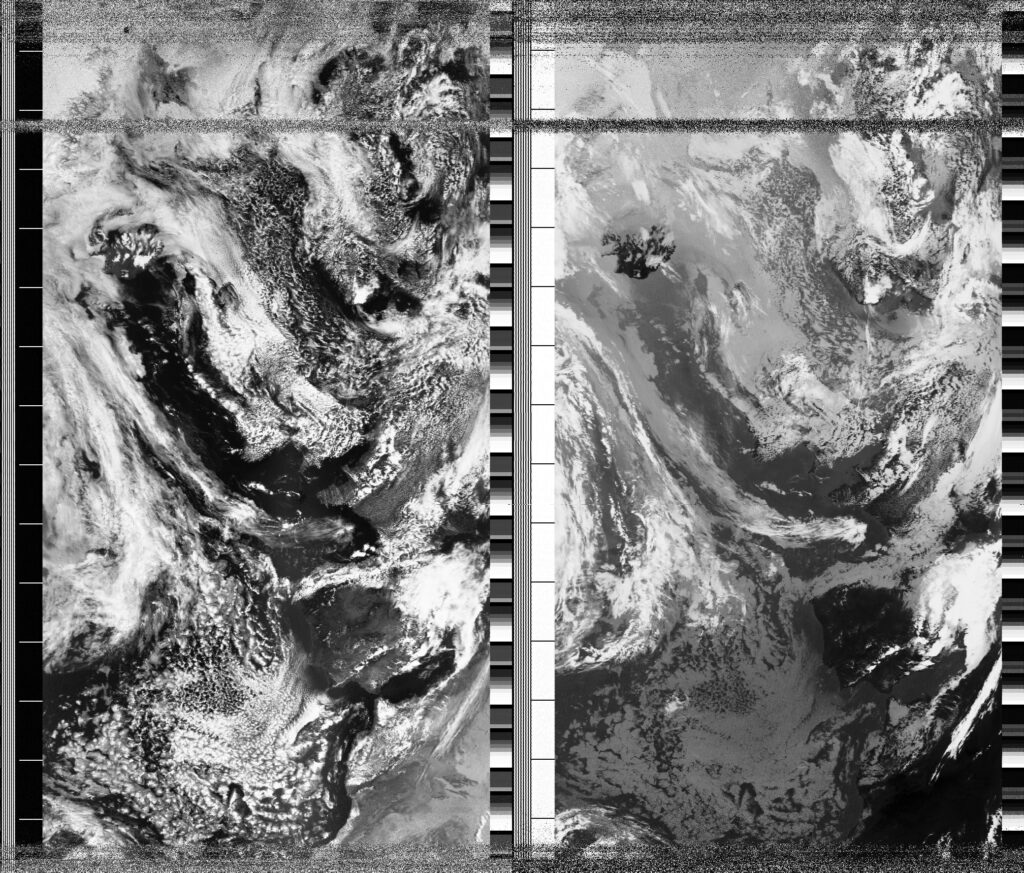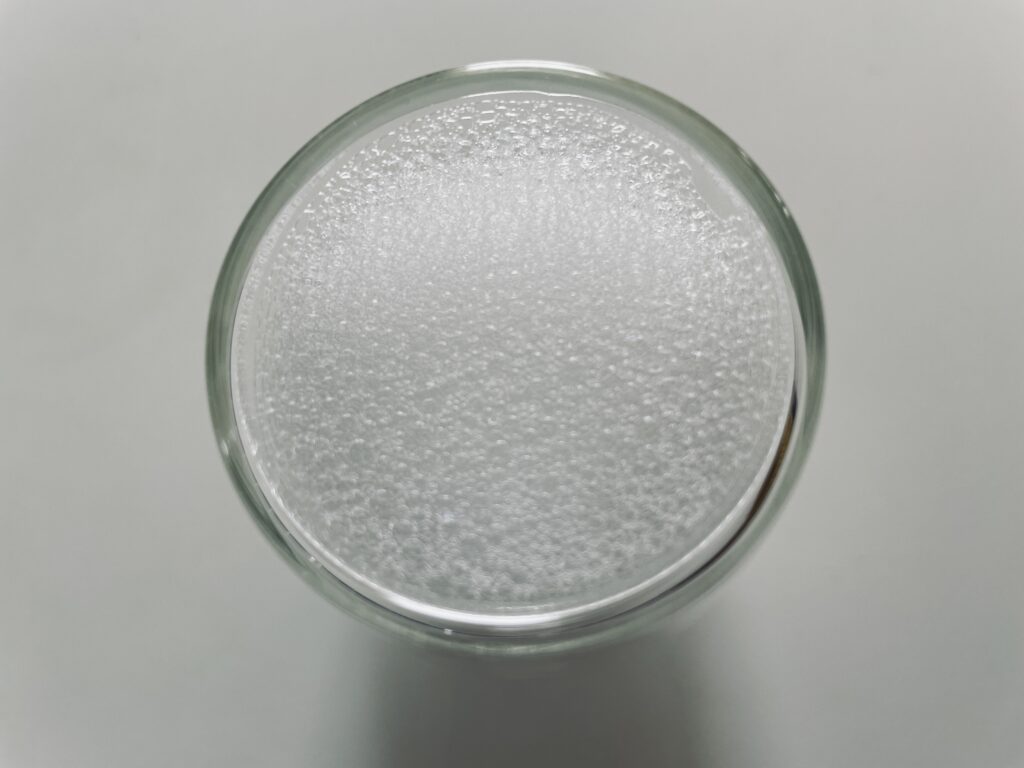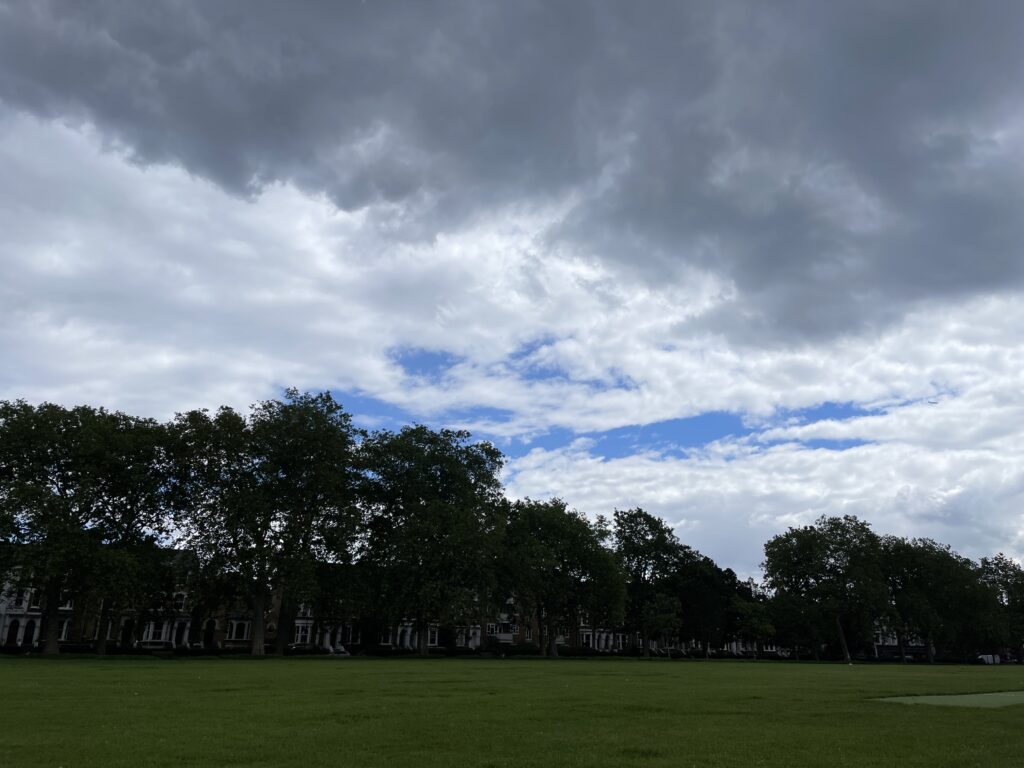
Today I am reflecting on volumes of air. In the book 'The matter of air: science and art of the ethereal', Stephen Connor recounts some of the seventeenth century scientific experiments that sought to examine air. He writes: "To study an object, one must pick it out from its surroundings, and concentrate it in one place. How was one to make of the air such an object? How was the air to be picked out of its surroundings, when air was ambience itself? How was the air to be brought before one, when it was of necessity and at all times about?" (Connor, 2010: 17). To 'pick something out' from its surroundings, to 'concentrate it' and to bring it 'before one' is to orient toward it. Yet this act of orientation proves tricky when the thing one seeks to 'pick out' is 'at all times about'. Connor continues: "What if, rather than trying to roll the air up into a ball that one could look at from the outside, one were to produce a space of observation - an air-lock - within the very space of the air?" (2010: 17). Thus, in lieu of condensing air, one might work to enclose it, to create a space in which air is 'locked'. I think of all of the times I have seen air get 'locked' and I think of Robert Boyle and his Enlightenment contemporaries, trying ceaselessly to get air into glass spheres, the better to isolate, contain and observe it. I think of all the 'holds' (Sharpe, 2016) in which humans were locked in ever-dwindling air, yet whose stories are rarely considered in narratives of Enlightenment science or scholarly histories of architecture, space and volume. Could Boyle have conceived of the consequences of volumetric air? Could he have examined the vacuums he created in so many glass spheres as caught up with, rather than removed from, vacuums of airelessness for vast numbers of humans in his time and hundreds of years beyond it? As 'volumetric thinking' is put to work in Gaza every day through the use of aerial weapons from white phosphorous to CS-gas, I wonder, with Aya Nassar: "What if we linger in the gaps between fragments and shards? Is there anything there? Not in the wreckage and debris - we know that well, too well - but in the space of making dust when it is not yet the aftermath?" (2024: 3).
Date
11 June 2024 12:49:55Location
Hackney Downs, LondonCountry or Territory
United KingdomName
Sasha EngelmannSatellite
NOAA-18Radio Callsign
Latitute / Longitude

